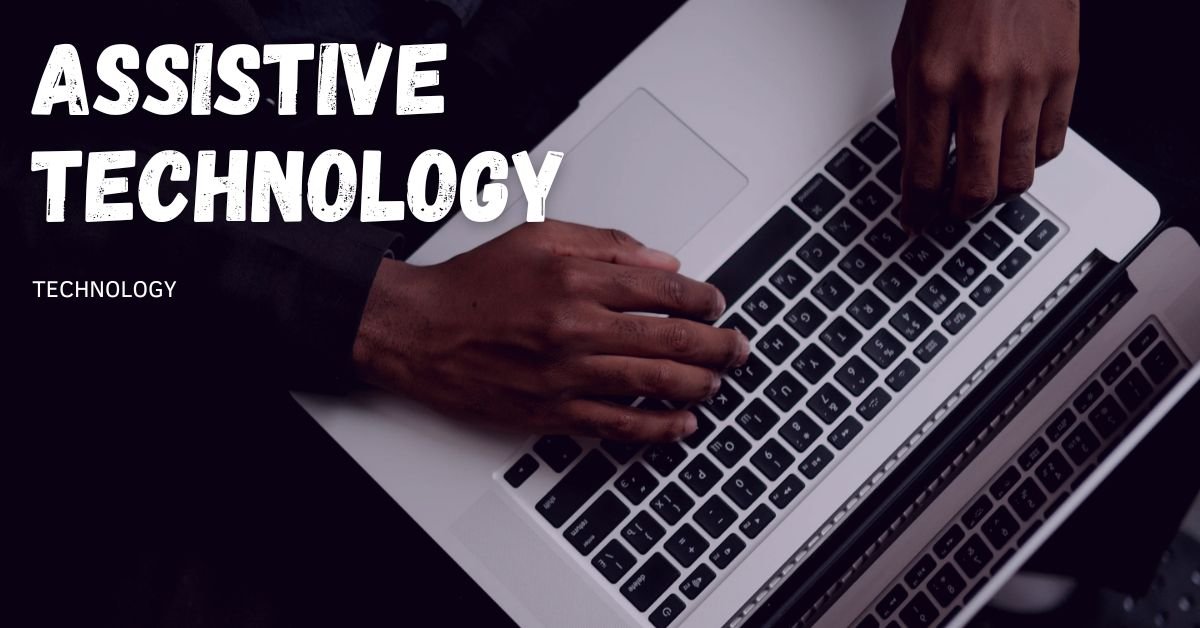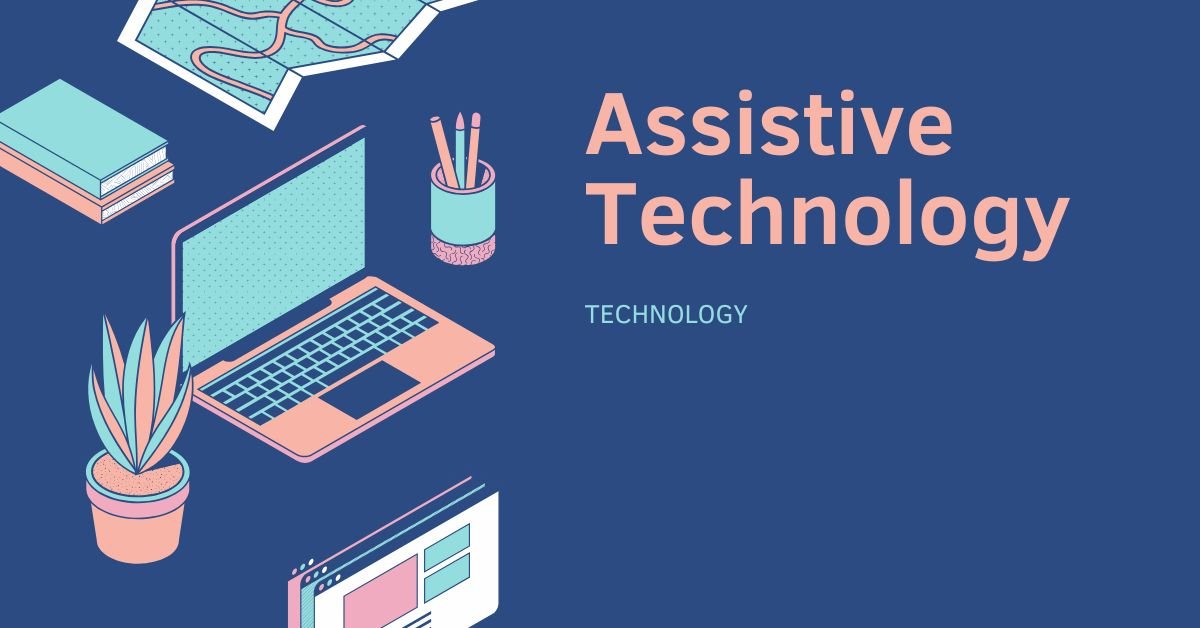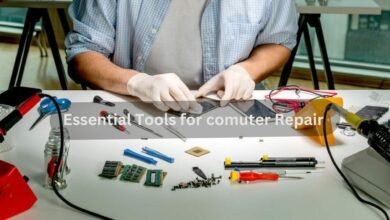
What is the most common assistive technology?
The phrase “assistive technology” (AT) refers to assistive, adaptive, and rehabilitative equipment for older adults and those with impairments. People with disabilities frequently struggle to carry out activities of daily living (ADLs) on their own or even with help. Toileting, mobility (ambulation), eating, bathing, clothing, grooming, and personal device care are examples of ADLs, or activities of daily living. When a disability limits one’s capacity to execute ADLs, assistive technology can help. By improving or altering how people engage with the technology required to complete tasks they were previously unable to complete or found extremely difficult to complete, assistive technology helps people become more independent.
Wheelchairs, for instance, allow persons who are unable to walk to move independently, while assistive technology eating gadgets allow those who are unable to feed themselves to do so. A more happy and relaxed lifestyle is possible for disabled persons thanks to assistive technology, which increases “social involvement,” “security and control,” and the likelihood of “reducing institutional costs without considerably raising domestic spending.” Access to the general education curriculum for children with disabilities can be greatly aided by assistive technology in schools. For instance, students who have trouble writing or typing can utilize speech recognition software. People suffering from strokes and those with impairments that interfere with their ability to perform daily duties are helped by assistive technologies.
According to a recent Indian study led by Dr. Edmond Fernandes et al. from the Edward & Cynthia Institute of Public Health and published in the WHO SEARO Journal, geriatric care policies that address older people’s functional difficulties should be mainstreamed. They also need to look at government social protection programs to address the issue of out-of-pocket expenses for assistive technology.

Technology that adapts
Assistive technology is not the same as adaptive technology. While adaptive technology includes devices made especially for people with disabilities that are rarely used by non-disabled people, assistive technology is used to benefit people with disabilities. To put it another way, adaptive technology is made especially for individuals with impairments, whereas assistive technology is any device or system that benefits those with disabilities. As such, assistive technology includes adaptive technology as a subset. Access to electronic and information technology is frequently particularly referred to as adaptive technology.
Assistive technology and occupational therapy
In order to improve or facilitate engagement in healthy professions and advance health and well-being, occupational therapy (OT) uses commonplace vocations as a therapeutic tool (AOTA, 2020). Among occupations include activities of daily living (ADLs), instrumental activities of daily living (IADLs), social interaction, work, education, rest and sleep, health management, and play and leisure (AOTA, 2020).”We are specially equipped as occupational therapy professionals to encourage client-centered care that lowers barriers to engaging in fulfilling careers and enhances general well-being” (Clark, Iqbal & Myers, 2022).
In order to enhance independence, occupational therapy practitioners (OTP) use assistive technologies (AT) to adapt surroundings and encourage fit and accessibility. For instance, voice-activated smart home technology enables a person to operate appliances like blinds, ovens, light switches, thermostats, etc
OTP assesses the client’s skills and competencies and links them to the tasks they want to do. OTP gives the client the ability to match AT tools to specific goals. OTPs commonly employ theoretical frameworks or techniques to help clients make AT decisions, such as: 1) Cook, Polgar, and Encarnaçāo’s HAAT model (2015) 2) Lee et al.’s (2020) interdependence-human activity assistive technology model (I-HAAT); 3) Zabala’s SETT Framework (2005); or 4) Venkatesh, Thong, and Xu’s Unified Theory of Acceptance and Use of Technology (UTAUT 2) (2012). In order to obtain their Assistive Technology Professional (ATP) and/or Seating and Mobility Specialist (SMS) certifications, OTPs can also pursue further education through the Rehabilitation Engineering and Assistive Technology Society of North America (RESNA). Extra instruction and certifications
Wheelchairs are electrically or manually driven devices with seating systems that are intended to replace the typical mobility of most individuals. People can carry out mobility-related daily living tasks like eating, dressing, grooming, bathing, and using the restroom with the help of wheelchairs and other mobility aids. The devices are available in a variety of versions and can be operated manually or by motors. The occupant controls the motors and seating control actuators with electrical controls via a joystick, head switches, sip-and-puff control, or other input devices. In order to assist caregivers with pushing or input devices, there are frequently handles behind the seat.

Generally speaking, patient transfer devices enable caretakers to move patients with limited mobility between beds, wheelchairs, commodes, toilets, chairs, stretchers, shower benches, cars, swimming pools, and other patient support systems (such as operating tables, radiography tables, or examination tables).
The most popular devices include air-bearing inflatable mattresses (for supine transfers, such as moving from a gurney to an operating room table), stretcher or convertible chairs (for lateral, supine transfers), sit-to-stand lifts (for moving patients from one seated position to another, such as from wheelchairs to commodes), gait belts (also known as transfer belts), and a slider board (also known as a transfer board), which is typically used for transfers from a bed to a wheelchair or from a bed to an operating table.
For disabled people who require extra assistance to maintain stability or balance when walking, a walker, walking frame, or rollator is a useful aid. It is made up of a frame that is somewhat wider than the user, roughly twelve inches deep, and waist high. Other sizes of walkers, such as those for heavy individuals or children, are also available. These days, walkers can be adjusted in height. Depending on the user’s strength and ability, the walker’s front two legs may or may not have wheels connected. When a walker has wheels on the front, it is also typical to have caster wheels or glides on the back legs.
People with neurological injuries can improve their walking abilities by using bodyweight-supported treadmill training (BWSTT). These technologies, which are therapist-assisted, are utilized in clinical settings; nevertheless, their use is restricted by the labor and staffing demands imposed on physical therapists. Following a neurological injury, the BWSTT device and several others like it help physical therapists by giving patients task-specific walking practice.
An apparatus that replaces a missing bodily part is called a prosthesis, prosthetic, or prosthetic limb. The science of utilizing mechanical devices with human muscular, musculoskeletal, and neurological systems to help or improve motor control lost due to trauma, illness, or defect is known as biomechatronics. Prostheses are usually used to complement damaged body components or to replace those that have been lost due to trauma or birth defects. Artificial heart valves are frequently used inside the body, while artificial hearts and lungs are less frequently used but are still being developed technologically. Hearing aids, artificial eyes, palatal obturators, gastric bands, and dentures are further medical equipment and aids that fall under the category of prosthetics.

Although in some situations a prosthesis may end up providing some or all of the same functional benefits as an orthosis, prostheses are specifically not orthoses. In a technical sense, prostheses are the final product. For example, a C-Leg knee is merely a prosthetic component and not a prosthesis in and of itself. All of the attachment hardware components, including the terminal device, and the connection method to the residual limb—typically a “socket”—would make up the entire prosthesis. The terms are frequently used interchangeably despite their technical differences.
Adjectives like “prosthetic” and “orthotic” are used to refer to devices like prosthetic knees. “Orthotics” and “prosthetics” are the names given to the allied health specialties.
A powered exoskeleton is a wearable, mobile device that enables stronger and more resilient limb movement through the use of electric motors, pneumatics, levers, hydraulics, or a combination of these technologies. Its design seeks to support the user’s back, detect motion, and communicate with motors that control the gears. In addition to reducing back discomfort, the exoskeleton supports the shoulder, waist, and thigh and facilitates movement when lifting and carrying large objects.
Adjustable seating and placement
To sit or stand comfortably and securely, people with balance and motor function issues frequently require specific equipment. Often, this equipment is tailored for certain environments, like a classroom or assisted living facility.In order to guarantee that the user’s body pressure is transmitted evenly without preventing movement in a desirable manner, positioning is frequently crucial when it comes to seating arrangements.
In order to help people stand and support their weight on their legs without falling, positioning devices have been designed. Generally speaking, these standers are divided into two groups according to the occupant’s position. Prone standers typically have a tray in front of them and distribute their body weight forward
Learned helplessness can cause children with severe disabilities to lose interest in their surroundings. An alternate way to participate in collaborative play activities is through the employment of robotic arms. During play activities, these robotic arms enable kids to handle actual objects.
Play and social relationships are difficult for kids with disabilities to access. All children’s social, emotional, and physical health depend on play. It has been suggested that assistive technology be used to help children with disabilities communicate, move around, and become more independent. It has been demonstrated that augmentative alternative communication (AAC) devices help children with cognitive disabilities engage in more symbolic play and support their language development.


